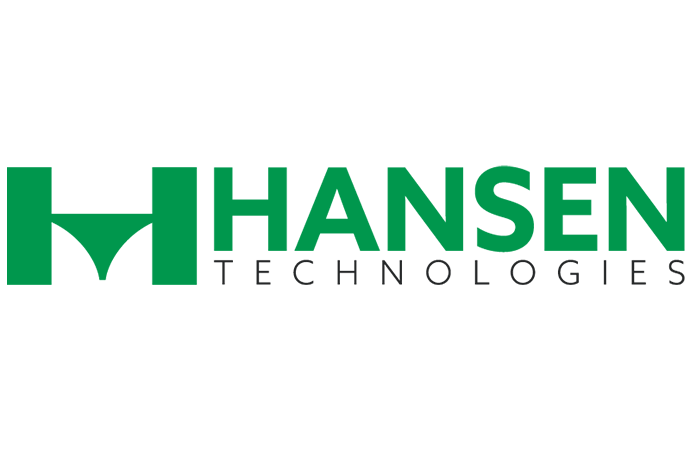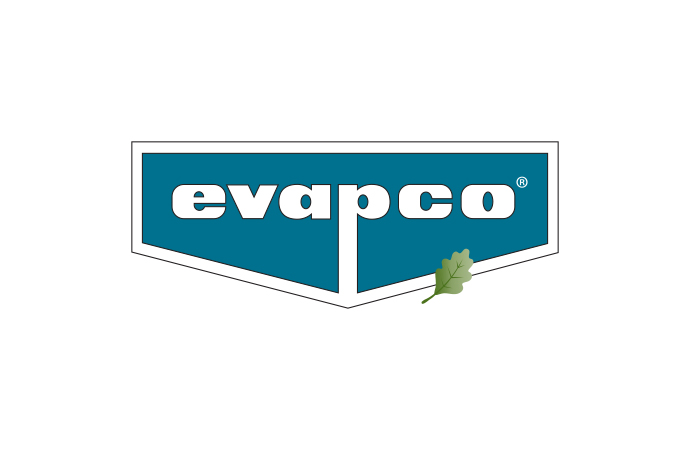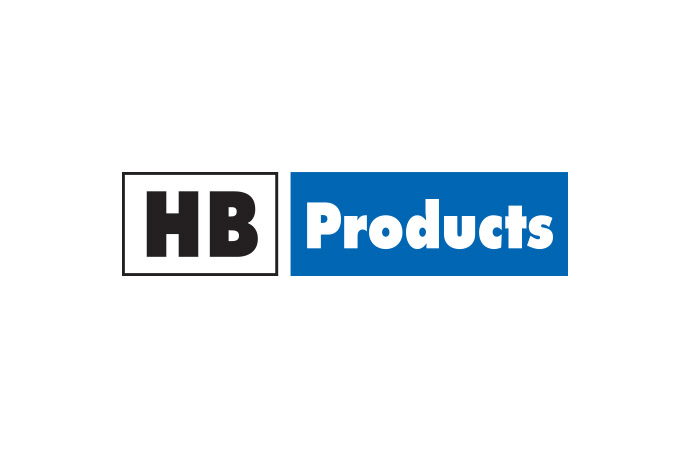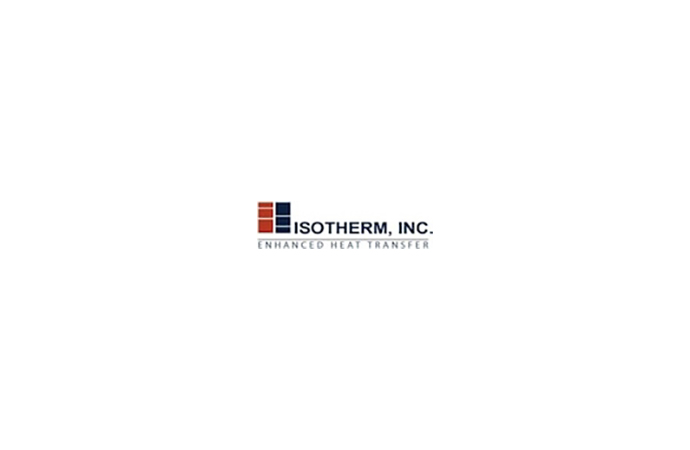In part 2 of our interview Rene Van Gerwen, Global Lead Engineer Refrigeration & HVAC, Unilever, speaks about training in the HVAC&R sector, managing safety concerns and future investments in ammonia technology, including Unilever's commitment to natural refrigerants.

ammonia21.com: We have recently published several articles about training and the need for more engineers and HVAC&R technicians in the ammonia refrigeration sector. Has this affected Unilever’s manufacturing sites?
In Europe we have not really had any problems finding trained technicians for our industrial ammonia sites. However, in general it would help to have greater standardisation with regard to accreditation, training and education for ammonia technicians. That is why I was quite active within the European standardisation group in the development of a competence standard for refrigeration personnel. The standard was formally published a year ago but now needs to be implemented in each European country. Implementation will be challenging I think, as education systems are very country specific.
For large ammonia installations we have to rely on external training institutes, which is different from smaller hydrocarbon ice cream cabinets where we need a servicing infrastructure before we can rollout the cabinets. Therefore, unlike for ammonia, for hydrocarbon cabinets there is a clearer advantage to developing training material to be used by third parties.
ammonia21.com: How do you manage the safety concerns with regard to ammonia refrigeration systems?
For most of the natural refrigerants you have to take care to manage the safety aspects. For ammonia we have a very stringent internal safety management system and internal standards. This is particularly important for those areas of the world where the legal requirements are not that stringent. We have a very detailed system in place. Managing this is in fact a large part of my work. The system we have works well, but it needs continuous attention. It is quite dynamic with new people needing training when critical staff leave or retire. This is simply a part of using ammonia, but is one of the hurdles to setting-up a new ammonia refrigeration plant.
ammonia21.com: What future ammonia refrigeration technology is Unilever investing in?
At the moment I am trying to introduce packaged ammonia chillers for industrial use. This is the next opportunity for ammonia to enter the industrial market. Traditionally such chillers used are low cost and based on "Freon" (HFC) technology. They are reasonably reliable and cheap to maintain, but not the best from the environmental point of view. So, we are now working on a program for new builds, but also for factories that have to replace equipment, to roll-out ammonia standard packages for chilled water and brine or glycol. This would be for most of our factories, as there is significant requirement for chilled water and brine/glycol for processing, for bottle blowing or air conditioning of the production area.
Over the last few years many contractors and suppliers have introduced packaged ammonia chillers, often with a very low ammonia charge. In some cases they have self-contained kits with housing and safety features included.
ammonia21.com: What hurdles does Unilever face regarding the introduction of these standard ammonia packages?
There are hurdles to their introduction, but we are successfully working on removing those. The first is the investment cost, being sometimes 2 – 5 times the cost of similar "Freon" chillers, which is significant. This cost cannot be fully justified with the energy efficiency benefits. Another hurdle is the qualification of personnel.
There are a number of ways to overcome these hurdles but we cannot do this alone. We are not a big enough player in this market. For example, to overcome the financial hurdle we have to collaborate with suppliers to standardise equipment to reduce the price. This can also help to overcome the personnel competence issue. This is a major task for the suppliers: to produce all-inclusive low charge kits where operation and day-by-day maintenance can be plug-and-play and does not require personnel dealing with the equipment to have added qualifications.
This represents a huge potential for ammonia, which has not yet been exploited to the full extent.
ammonia21.com: What are your impressions of the 23rd IIR International Congress of Refrigeration that took place 22-26 August 2011?
Being here is definitely good for meeting the right people. However, I am a little disappointed that the whole refrigerant arena has not become more settled and that there is now again confusion due to HFO’s and the variety of new HFO-blends entering the market. I feel we are back in the early 90’s where the whole world was completely confused by HFCs and their blends.
ammonia21.com: Would regulation help to clarify the confusion regarding natural refrigerants and the new low GWP artificial refrigerants?
Yes, and no. Putting limits on GWP is not helping as this does nor allow for the discrimination between artificial refrigerants with low GWP and natural refrigerants. It is very difficult for legislators to differentiate between them.
I am not a chemist but my personal feeling is that you have to be 100% sure that there will be no adverse environmental effects in the future before introducing new artificial refrigerants, because of their uncontrolled and dispersed use all over the globe. You don’t have the same uncertainty when it comes to natural refrigerants - they are tried, tested and successfully used over many decades.
Unilever's position is clear - as one of the founding fathers and current chair of the Refrigerants, Naturally! Initiative, we are committed globally to natural refrigerants, and we know that these can be used safely, efficiently and without adverse environmental effects. We have no interest in HFO or any other new artificial refrigerant technology.
MORE INFORMATION
Related stories

_1475587414.png)


















_1522327086.png)





